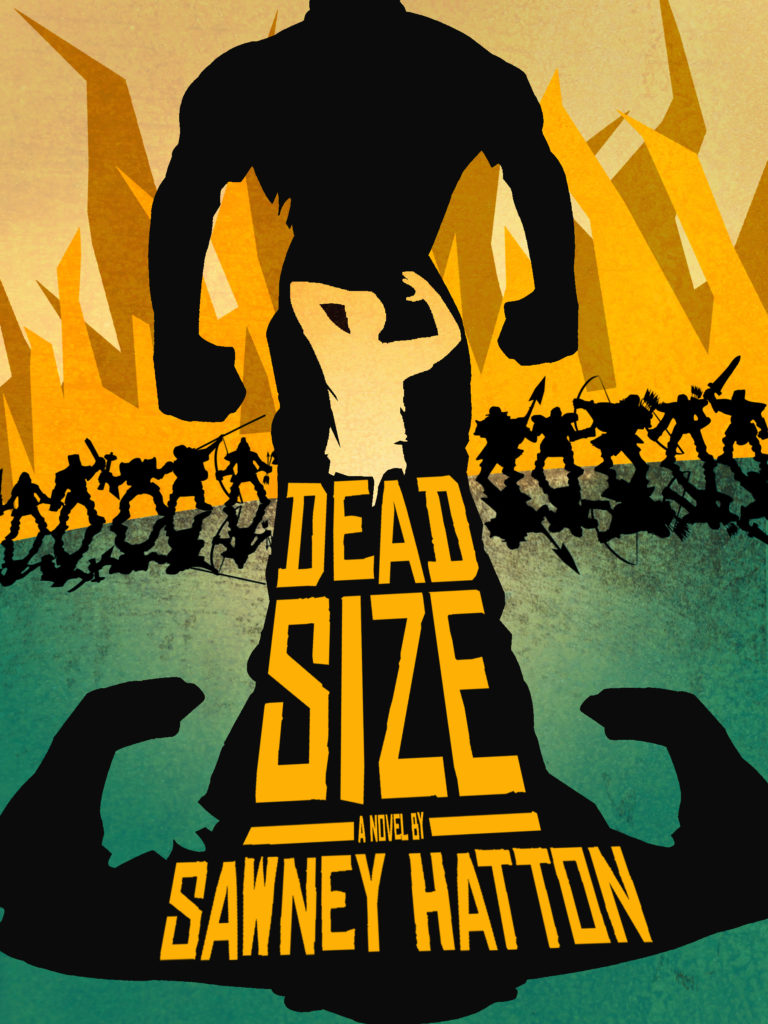Sawney Answers His Critics: Hi, Critics!
With my debut novel DEAD SIZE having amassed over forty reviews to date on Amazon and Goodreads combined, I thought it would be fun to respond to my book’s few detractors. (I know these sites strongly recommend the author not do this, but this is MY blog and I get to do what I want here. If I want to post pictures of lizards taking a bubble bath, or severed heads french kissing, or severed heads taking a bubble bath whilst french kissing lizards, that’s my God-given right as an American to do so. Also, it’s kind of a turn-on.)
Here are the issues my critics have put forth in their less-than-glowing DEAD SIZE reviews, along with my comments on each:
1) Too many weird and/or sophomoric sexual elements.
Depending on the reader, this is perhaps true. The book’s virgin male protagonist, Gulliver, has an emotionally stunted view of man/woman relationships. Sure, he longs for companionship—love even—but he also really wants to get laid. The very thought of sex excites him and, because of his traumatized mind, often torments him as well. So I wrote many of his scenes from the eyes of, as one reviewer put it, a “disturbed 12-year-old boy.” Hence the reader will encounter some weird fantasies. In addition, there are a lot of salacious descriptions and dirty talk, all in line with the characters’ frames of mind and motivations.
I understand how this might not sit well with some readers, and I won’t dispute them. All I will say is, as the author, it made sense to write it this way. I wouldn’t change a word of it.
2) Too many stereotypes.
The definition of “stereotype” is: a widely held but fixed and oversimplified image or idea of a particular type of person or thing.
I do employ some character archetypes, but I believe the major ones in the novel rise above the label of stereotype because they are developed against or beyond the type. For example, take Gulliver’s love/lust interest Kat, the “goth girl.” She is goth in appearance only. Stereotypical goths fixate on death and darkness, and antisocial behavior, and Bauhaus and Sisters of Mercy. My goth character does not. So is Kat a stereotype based solely on her attire and body decorations? Discuss.
That said, a few of the minor characters could be accurately called stereotypical, but these individuals are presented mostly for comic effect (though not as objects of ridicule). Did I mention DEAD SIZE is also a comedy? It’s okay to laugh at it.
3) Too dark.
A few have accused me of writing a novel that is very dark in tone, or as one reviewer stated “totally negative without any wisdom or moral insight.”
Guilty as charged! Yes, DEAD SIZE is a very dark Dark Comedy, and how much you appreciate it obviously depends on your taste (preferably leaning toward the twisted side) and sense of humor (ditto). As for it lacking wisdom or morality… hey, I wasn’t trying to write LIFE OF PI. It’s meant to be entertaining– though I’ve admitted that’s subjective. What isn’t as subjective is the book’s intent, however successful its execution may be. Any profound insights into human nature you may read into it are your own.
4) Too many big words.
Yes, there are more than a few SAT words sprinkled throughout my novel. This is by design. As I explained in a previous post, I approached the lowbrow genre material as if I were an author writing high literature. Why? Because it amused me to do so. And I felt it complemented the over-the-top narrative.
(I’d also like to state for the record that the vast majority of “big words” I used are part of my vocabulary—no thesaurus was needed. I’m very erudite like that.)
5) Not enough ending.
I am a fan of open endings. Ambiguous endings. Of endings that don’t wrap everything up in a tidy little bow. I read a book recently where all the surviving characters at the conclusion met up with the hero in a bar to say goodbye to him, or to offer him a job, or to make googly eyes at one another.
DEAD SIZE does not do this.
I don’t like giving readers what they would expect, or even what they might want. Since DEAD SIZE as a whole skews away from the mainstream, the ending does too. But my aim wasn’t to frustrate the reader. I wrote the ending as I saw it. To me, it’s the perfect denouement—answers are supplied, most story threads are tied off, but the main character doesn’t get everything he wanted… or does he? To reiterate, I love ambivalent endings. Let the reader decide what happened, and if they find it satisfying or not.
There you go. The five beefs some people are having with my novel. I’ll admit, they are all reasonable criticisms. But DEAD SIZE wasn’t meant to be critic proof. It was made to be original. And daring. And entertaining. And that ultimately is in the eye of the reader.
If even one person enjoys what I’ve created, then mission accomplished. I wrote it for them. As for the rest of you naysayers, thanks for giving my book a shot and all I can say to you is, to quote Tim Burton’s ED WOOD: “My next one will be better!”
Or, at the very least, it will be different.
